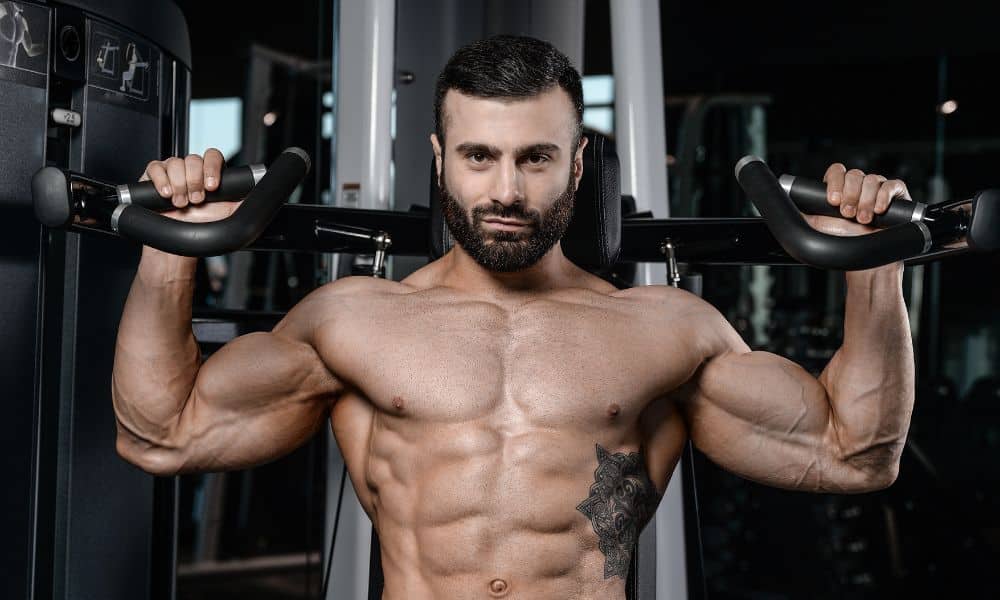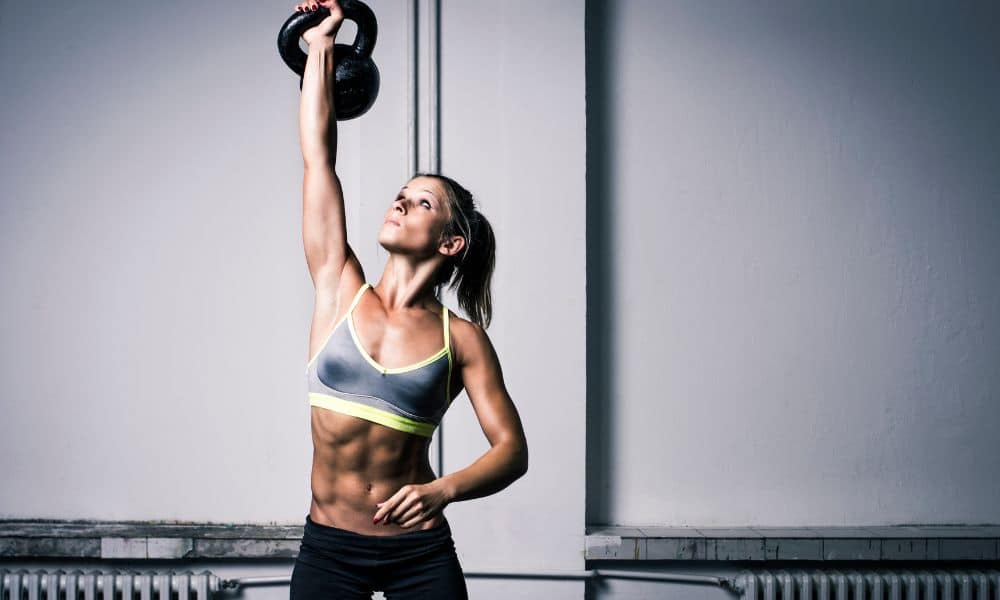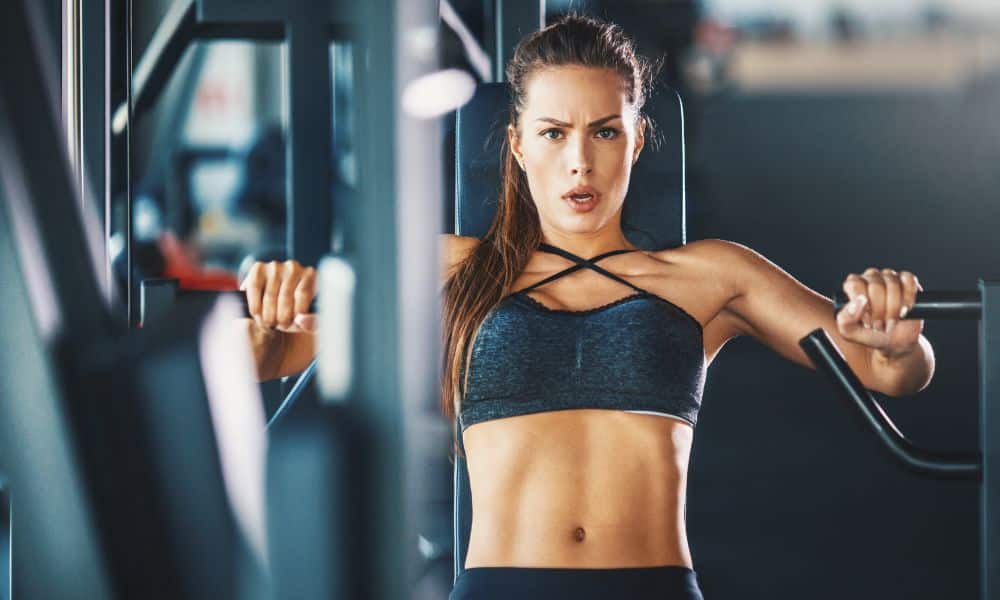How do you use compound and isolation lifts to build a workout plan? Many want to know which lifts are best to build muscle or burn stomach fat to reach a fitness goal. There are many different kinds of lifts that you can do to build muscle. Compound and isolation lifts are two of the most popular.
Compound exercises typically involve multiple joints, while isolation exercises use only one joint. In addition, compound exercises train your muscles holistically, so they’ll grow in size more quickly than with an isolation exercise plan.
But compound exercises may not be for you if you want to build a lean physique! This article will discuss maximizing your gains by using both lifts to create a personalized workout plan.
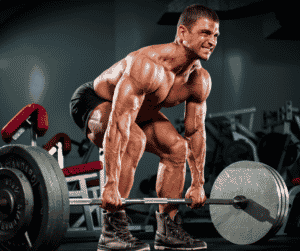
How to use compound lifts in a workout plan to cause muscle gains?
Compound lifts are great for overall muscle growth. They involve multiple joints and work your muscles more holistically, so they’ll grow faster than with an isolation exercise plan. However, compound exercises may not be the best route if you’re looking to lean out your physique.
Compound lifts should be a part of your workout plan if you want to add size! Try incorporating exercises like the bench press, squat, and deadlift into your routine. These exercises will work your entire body and help you build muscle quickly. Just give yourself plenty of time to rest and recover between sets.
Most people build a workout plan around compound lifts and then add isolation lifts to finalize the workout plan. Every workout plan should include the deadlift, bench press, squat, and back row. After building a workout plan around the compound lifts, genetics dictate which isolation lifts you add to complete the workout plan.
How to use isolation lifts in a workout plan?
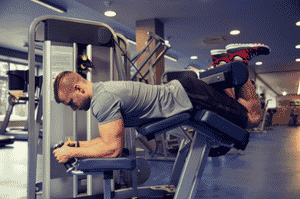
Isolation exercises target one joint movement, so focusing on a specific muscle is more accessible. An example would be bicep curls or dumbbell chest fly.
You should include isolation lifts in your workout plan to build muscle! Isolation exercises can help you carve out a specific look with leaner muscles instead of bulky ones.
Your genetics dictate which isolation lifts you should use. For example, the bench press builds the chest, shoulders, and arms. However, some muscles respond more to resistance training than others when building muscles, depending on your genetics. For example, some people are more predisposed to bigger shoulders, while others are predisposed to bigger arms. Therefore, the isolation lifts help you focus on areas that respond less to compound lifts.
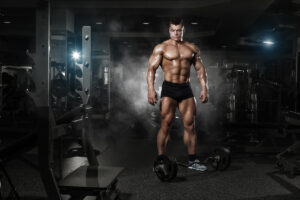
When to use compound lifts
- When you have 30 minutes or less to workout
- Beginner to advance experience
- 20% or more body fat
- Improve multiple muscle groups
- Need to improve physical performance
- Increase muscle growth hormones
- Want to increase muscle size
- Focus on more than one muscle at a time
- Burn fat while building muscle
When to use isometric lifts
- When you have 1 hour or more to workout
- Intermediate to Advanced experience
- 20% or less body fat
- Improve slow-developing muscle
- Want to increase muscle definition
- Improve physical appearance
- Focus on one muscle at a time
- maintain body fat while building muscle

The last word on compound and isolation lifts to build a workout plan
An effective workout plan should include compound and isolation lifts to build bigger muscles with your workout plan. Compound lifts are the foundation and structure for a workout plan. While isolation lifts help fill in the gaps missed by the compound lifts. You can use isolation lifts to build or strengthen muscles.
The first step in adding isolation lifts to compound lifts is to assess your fitness needs. Typically body parts that respond less to resistance training are great candidates for isolation lifts. They get individual attention, but they also get the extra sets and reps that the isolation lift provides. Genetics and isolation lifts are why no two people can use the same workout plan unless they have the same problem areas.
Bodybuilding is an art where compound and isolation lifts are the paintbrushes, and the body is the canvas a bodybuilder uses to create their art. Every lift helps the bodybuilder reach a fitness goal. Thus there is a purpose for each lift in a workout plan. While some lifts are popular, they do not have to be used by everyone.
For instance, a person who can quickly develop a big chest should only include the bench press in a workout, not the dumbbell chest fly. However, if they have tiny legs, they may need squats, deadlifts, leg curls, and leg extensions. Thus a workout plan should help you achieve your fitness goal.
If you or someone you know is considering bodybuilding, share this article on Facebook or Twitter so that others can learn more about building muscle.

